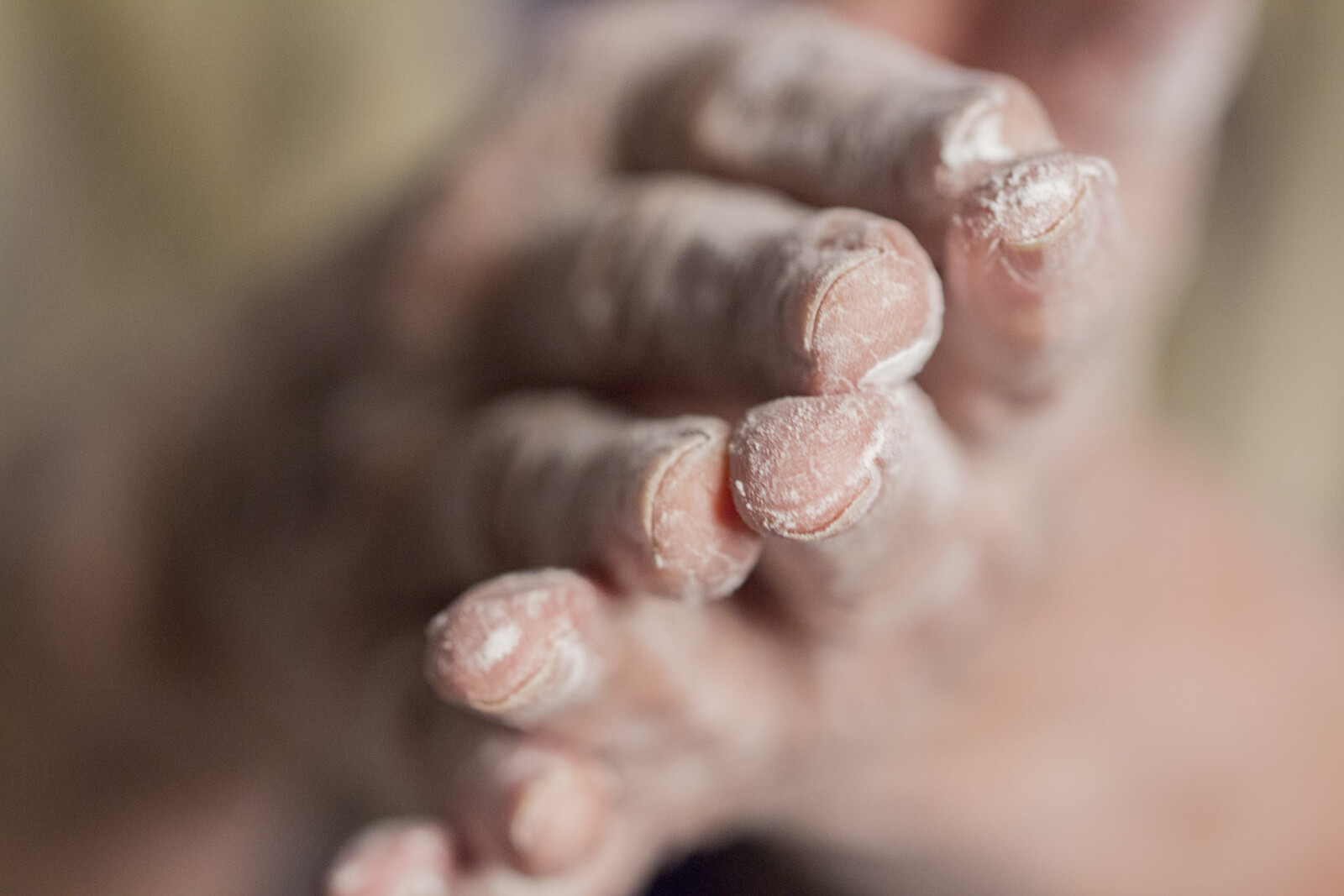Silica Dust
Silica dust, a common byproduct of industry, poses significant health hazards. Found in materials like granite and concrete, it is frequently encountered in work environments such as construction and mining. Approximately 2.3 million people are regularly exposed, leading to severe health conditions including silicosis and lung cancer. This article explores the nature, dangers of exposure, associated health conditions, and protective measures against silica dust, emphasizing the importance of guidelines established by regulatory bodies.

Understanding the Nature of Silica Dust
Grasping the nature of silica dust involves comprehending its formation, properties, and the potential health risks associated with its exposure. The dust is a biproduct of mechanical work on silica-containing materials such as concrete and stone. The environmental impact of silica dust is a concern due to its potential to contaminate air and water. Occupations like construction and mining contribute significantly to this issue. However, the role of technology in reducing silica dust exposure is noteworthy. Technological advancements, such as dust suppression systems and personal protective gear, have been pivotal in mitigating risks. These innovations help to filter airborne particles, reducing the quantity of silica dust in the environment and the likelihood of inhalation, thereby protecting worker health.
The Dangers of Silica Dust Exposure
While anyone can be exposed to silica dust, those in certain industries face a significantly higher risk, and prolonged exposure can lead to severe and sometimes fatal health conditions. Occupational exposure to silica dust is a major concern in industries such as construction, mining, and oil and gas extraction. Notably, there is a strong correlation between silica dust and lung cancer. Prolonged inhalation of silica dust can lead to silicosis, a chronic respiratory disease, which significantly increases the risk of lung cancer over time. Therefore, it is imperative for employers in high-risk industries to enforce safety measures and provide appropriate protective equipment to mitigate the risks associated with silica dust exposure.
Identifying Products With Silica Dust
The necessity of identifying products with silica dust is paramount in preventing exposure and resulting health hazards. Identifying common sources of silica dust includes materials such as concrete, sand, stone, and certain types of soil. It's often found in industries like construction, glass manufacturing, and mining. Products such as ceramics, paint, and cosmetics also contain silica dust.
The importance of proper ventilation cannot be overstated in contexts where silica dust is present. Ventilation systems should be designed to remove airborne dust, reducing the risk of inhalation. Employers are responsible for ensuring adequate ventilation in workplaces where silica dust exposure is a risk. Through conscious identification of silica-containing products and ensuring proper ventilation, potential health hazards can be substantially mitigated.
Health Conditions Associated With Silica Dust
As we delve deeper into the topic, it is crucial to understand that, when inhaled, silica dust can lead to several serious health conditions, some of which can be fatal. The silica dust health risks are varied and profound, ranging from respiratory diseases to autoimmune disorders. One of the most severe conditions is silicosis, a lung disease causing shortness of breath, cough, and in severe cases, death. Furthermore, prolonged exposure to silica dust can also cause lung cancer, chronic obstructive pulmonary disease (COPD), and kidney disease. Occupational exposure hazards are particularly high in industries such as mining, construction, and oil and gas extraction, emphasizing the need for stringent safety measures and effective dust control strategies.
Measures for Protection and Regulation Against Silica Dust
Numerous protective measures and regulatory strategies exist to safeguard approximately 2.3 million workers from the detrimental health impacts of silica dust exposure. To ensure workplace safety, employers must adhere to OSHA regulations, which include establishing a written exposure control plan, providing medical examinations for at-risk workers, and training employees on ways to limit silica dust exposure. Furthermore, OSHA guidelines cover general industries, maritime operations, and the construction sector, detailing air concentration limits, safety equipment usage, monitoring, and reporting requirements. It is incumbent upon employers to enforce these regulations rigorously to protect their workforce, minimize health risks, and foster a safe working environment that is free from silica dust hazards.
Frequently Asked Questions
What Are the Symptoms of Silica Dust Inhalation and How Soon Can They Appear?
Inhalation of certain occupational hazards can lead to symptoms like coughing, breathing difficulty, and chest pain. When linked to silica regulations, these symptoms can appear weeks to years after initial exposure.
Can the Body Naturally Eliminate Silica Dust and if So, How Long Does It Take?
The body can naturally eliminate inhaled dust particles, including silica, through mucociliary clearance. However, the timeframe varies and depends on factors like particle size and individual health condition, aligning with occupational exposure limits and silica regulation policies.
Can Silica Dust Exposure Lead to Other Types of Cancers Besides Lung Cancer?
Exposure to occupational hazards, such as certain dust particles, can potentially lead to various types of cancers. As per silica regulations, prolonged exposure to silica dust is associated primarily with lung cancer, but research on other cancers is ongoing.
What Type of Protective Clothing or Gear Is Recommended to Prevent Silica Dust Exposure?
To mitigate dust exposure, protective clothing and gear such as respirators, disposable coveralls, and gloves are recommended. Adherence to Silica Dust Regulations ensures the proper use of this equipment, minimizing health risks associated with dust inhalation.
Are There Any Treatments or Therapies Available for Individuals Already Suffering From Silica-Related Diseases?
There are treatments for individuals with silica-related diseases. Silicosis coping strategies may include lung transplants in severe cases. Occupational therapy benefits include breathing techniques and exercise programs to improve lung function and overall health.
Conclusion
Exposure to silica dust, inherent in various industries and products, poses serious health risks, including lung cancer and silicosis. Approximately 2.3 million workers face consistent exposure, necessitating stringent protective measures. Regulations by bodies like OSHA and MSHA emphasize training, safety equipment, and monitoring to limit exposure. Understanding the nature and risks associated with silica dust is crucial for implementing effective prevention strategies in high-risk industries.

This post has been generated by AI and was not reviewed by editors. This is Not legal advice. Please consult with an attorney.




